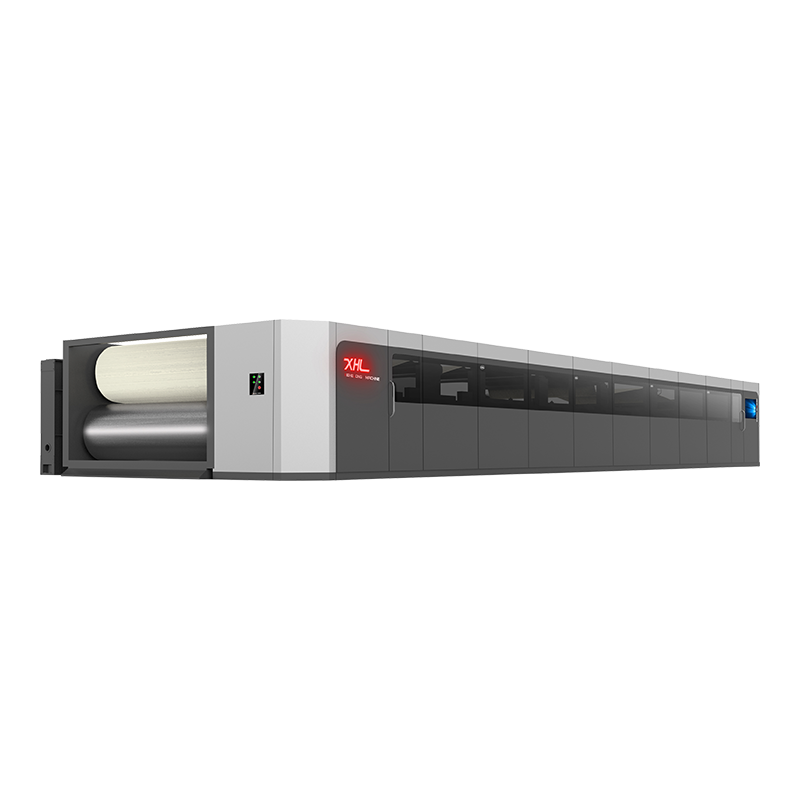
Corrugator lines play a vital role in the production of corrugated cardboard, which is widely used for packaging and shipping. Companies that rely on corrugated materials need production lines capable of handling large volumes without compromising quality or efficiency. Understanding the capabilities and design of corrugator lines helps manufacturers assess whether these systems can meet the demands of high-volume production.
A corrugator line typically includes several sections, such as the single or double facer, glue application unit, and cutting and stacking components. Each section contributes to the continuous production of corrugated board by combining layers of linerboard and fluted medium. The design and construction of these lines determine the speed, stability, and overall throughput. Corrugator lines are often engineered to operate continuously, reducing downtime and ensuring that production schedules are maintained.
One factor that enables corrugator lines to handle high-volume production is the automation of various processes. Modern lines include sensors, control systems, and conveyors that coordinate the flow of materials. Automated glue application and temperature control ensure consistent bonding between layers, while precise cutting and stacking units reduce errors and material waste. By minimizing manual intervention, these systems can sustain high-speed operation and maintain consistent quality, even under demanding production conditions.
The materials used also influence production capacity. High-quality linerboard and medium sheets provide uniform thickness and strength, allowing the corrugator line to operate at higher speeds without risking jams or misalignment. Consistent material feed is critical for achieving steady throughput. Many corrugator lines include buffer sections or preheating units to ensure that materials are properly prepared before entering the main production stages. These design features support continuous high-volume production by reducing interruptions caused by material inconsistencies.
Maintenance and reliability are additional considerations. High-volume production places significant stress on mechanical components, including rollers, motors, and gears. Corrugator lines designed for sustained operation typically incorporate durable materials and components that can withstand continuous use. Regular maintenance, such as lubrication and inspection of critical parts, ensures that the line continues to operate efficiently. Manufacturers often provide detailed maintenance schedules and guidelines to help production teams manage wear and prevent unplanned downtime.
Energy efficiency and resource management are also relevant in high-volume operations. Continuous operation requires careful monitoring of energy consumption, heat generation, and glue usage. Corrugator lines often include energy-saving features and process optimization tools that help maintain production levels while controlling operational costs. Efficient resource management contributes to both environmental sustainability and economic performance, making high-volume production more feasible.
Corrugator lines are capable of handling high-volume production when designed and operated correctly. Automation, durable materials, precise control systems, and proper maintenance all contribute to the ability of these lines to sustain continuous output without compromising quality. By considering these factors, manufacturers can ensure that their corrugator lines meet production demands while minimizing downtime and waste. With careful planning and adherence to operational guidelines, corrugator lines provide a reliable solution for large-scale cardboard manufacturing.

 English
English  Español
Español  Português
Português  عربى
عربى 




